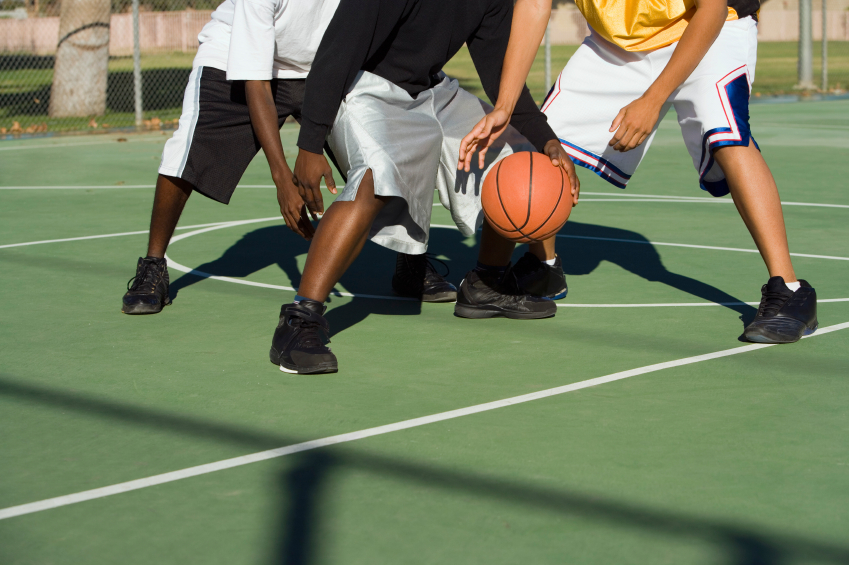Hamstring injuries can happen any time during the year, but because of the sport’s quick movements and cutting plays, doctors see an upswing of hamstring injuries during basketball season.
What’s commonly referred to as your hamstrings are actually a series of tendons and muscles located on the back of your thigh. The muscles actively flex your knee while the tendons anchor those muscles to the bone. Typically, an injury happens when you pull or strain one of the muscles but can also involve damage to the tendons in extreme cases.
The injury is usually accompanied by a sudden sharp pain, an audible pop or a tearing sensation. Tenderness is almost immediate – you’ll find it difficult walking or running – while swelling may occur within hours. In more severe injuries, there may even be bruising or other discoloration in the area.
Treatment
Most hamstring injuries are relatively minor and can be treated at home, employing the “RICE” protocol: Rest, ice, compression and elevation. Rest your injured leg by taking a break from athletic activities for a few days, to give the muscle a chance to repair itself. Ice your injury immediately to reduce swelling. Wrap your leg with a compression bandage to help with swelling and to support the hamstring, and elevate your leg as much as possible to keep excess fluid from accumulating.
Over-the-counter medications like ibuprofen or Aleve should be enough to counter the pain of minor pulls.
If you can’t bear any weight on the injured leg or can’t walk more than a few steps without a lot of pain, you probably have more than a minor injury. It’s probably time to visit your doctor.
Major injuries
After scans and appreciating the injured area, treatment of a major hamstring injury may require you to use crutches until the leg has a chance to heal. For more serious injuries, like when the muscle has pulled free from where it connects to the bone, surgery may be required to reattach it.
Prevention
You can avoid the pain and doctor trips with a little preparation, according to sports medicine experts. Most hamstring injuries can be traced back to not having done enough before you take to the court or doing too much after the tipoff.
Poor flexibility is a major cause. You can prevent that with routine stretching exercises before activity or a workout regimen that includes yoga or pilates.
Warming up before play starts is another preventative measure that shouldn’t be ignored – muscles that are warm and stretched are less likely to tear.
Finally, doctors says it’s important to know your limits, going by the mantra “Try to be in shape for your sport, don’t play your sport to get in shape.”

